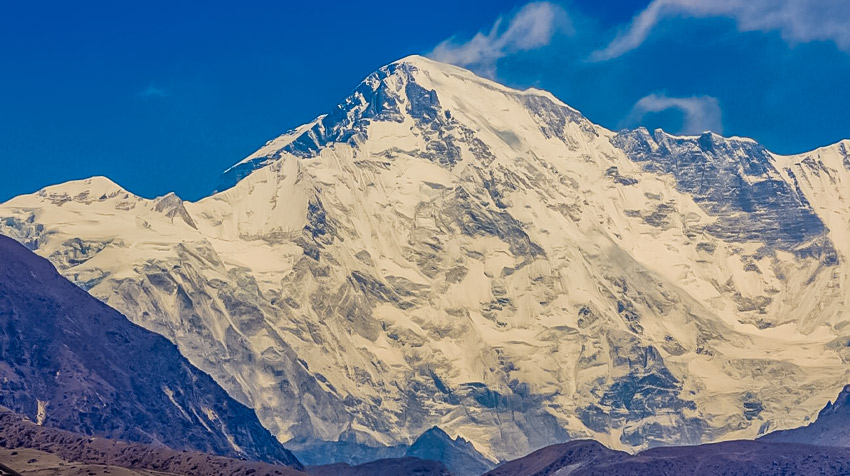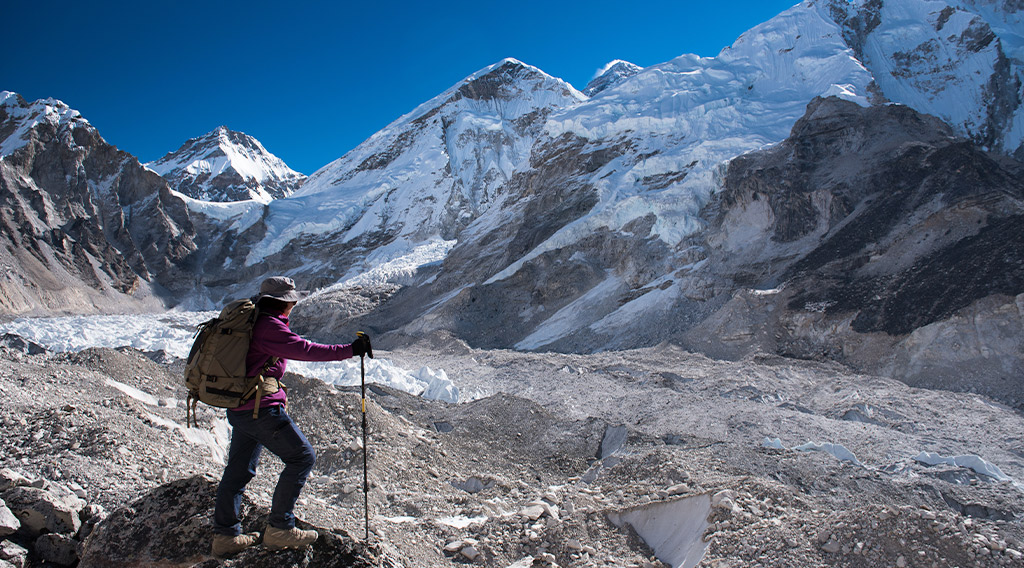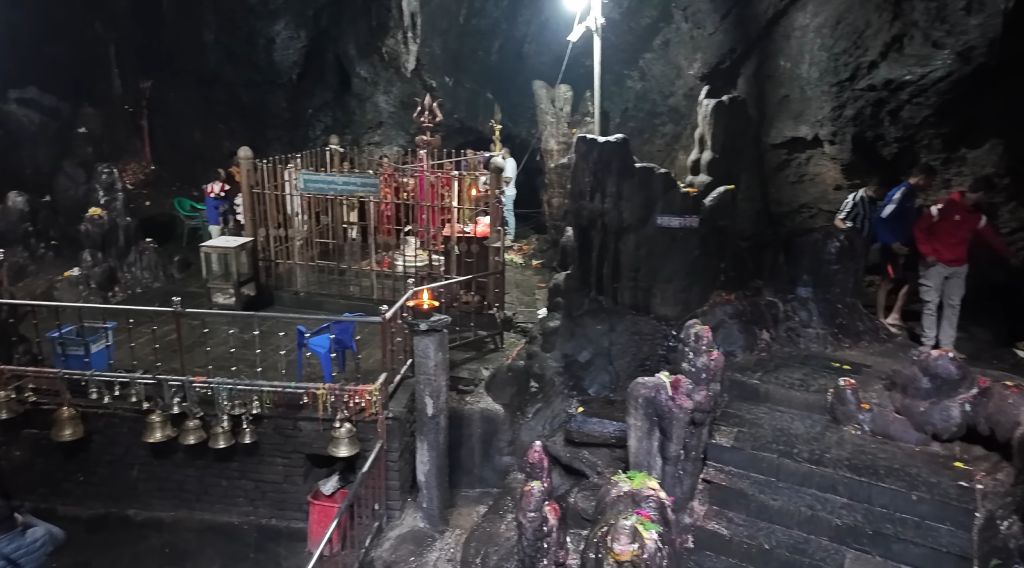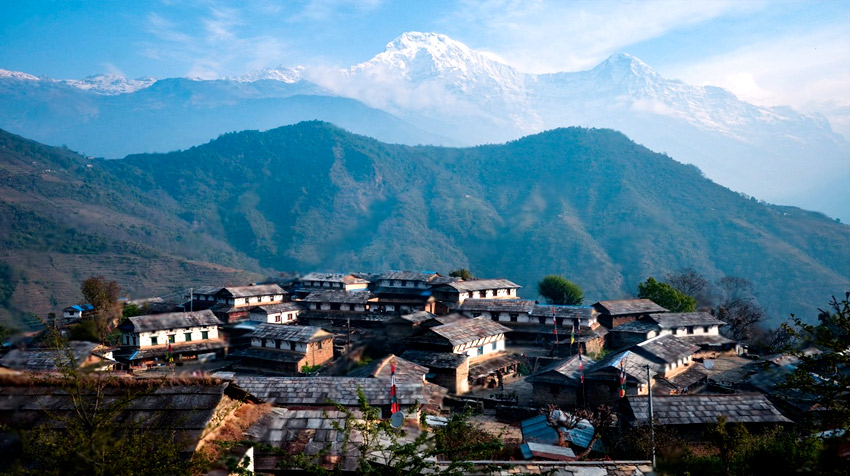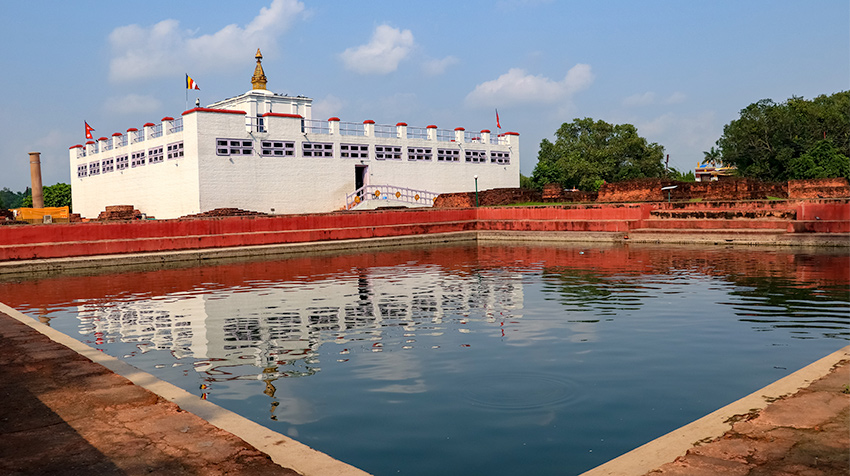The Mardi Himal Trek: Exploring The Annapurna Region's Mystical Beauty

Nestled in the majestic Annapurna region of Nepal, the Mardi Himal Trek offers an enchanting journey through the mystical beauty of the Himalayas. With stunning views of snow-capped peaks, lush forests, and charming local villages, this trek is a must for adventurers seeking a unique and off-the-beaten-path experience.
The Mardi Himal Trek takes you away from the crowds and immerses you in the serene and untouched wilderness of the Annapurna region. Ascending rewards you with breathtaking vistas of iconic mountains like Annapurna South, Hiunchuli, and Machhapuchhre (Fishtail). Scenic rhododendron forests adorn the trail, which opens up to panoramic landscapes that will leave you in awe.
This trek is suitable for both novice and experienced trekkers, and with carefully curated itineraries available, you can customize your journey to suit your preferences. Enjoy a rich local culture, interact with warm and welcoming villagers, and experience traditional Nepalese hospitality.
Embark on the Mardi Himal Trek and discover the hidden gem of the Annapurna region. Whether you seek adventure, natural beauty, or a spiritual retreat, this trek promises an unforgettable experience amidst the awe-inspiring Himalayas.
An overview of the Annapurna Region
The Annapurna region in central Nepal is renowned for its stunning landscapes and diverse trekking opportunities. It is home to some of the world's highest and most iconic peaks, including Annapurna I, the world's tenth-highest mountain. The region boasts a rich cultural heritage, with traditional Nepalese villages, ancient monasteries, and vibrant festivals.
The Annapurna Conservation Area, established in 1985, covers an area of 7,629 square kilometers, making it the largest protected area in Nepal. It is a biodiversity hotspot, home to a wide range of flora and fauna, including rhododendron forests, endangered species like the snow leopard and red panda, and over 450 species of birds.
The Annapurna region is a paradise for trekkers, offering a variety of trails for all levels of experience. From the famous Annapurna Circuit to lesser-known routes like the Mardi Himal Trek, there is something for everyone in this breathtaking region.
Highlights: Mardi Himal Trek
The Mardi Himal Trek is a relatively new and lesser-known trek in the Annapurna region, offering a unique and off-the-beaten-path experience.Here are some of the highlights that make this trek truly special:
1. Spectacular Mountain Views: The Mardi Himal Trek offers stunning panoramic views of the Annapurna range, including Annapurna South, Hiunchuli, Machhapuchhre (Fishtail), and Mardi Himal. These majestic snow-capped peaks against the clear blue sky are a sight.
2. Rhododendron Forests: Especially during the spring (March to April), vibrant rhododendron forests adorn the trail to Mardi Himal. The blooming flowers create a kaleidoscope of colors, adding to the beauty of the trek.
3. Cultural Immersion: Along the trek, you will have the opportunity to interact with the warm and welcoming Gurung and Magar communities. These ethnic groups have their own unique culture, traditions, and festivals. You can visit traditional villages, observe their way of life, and even stay in homestays for an authentic cultural experience.
4. Serene and Untouched Wilderness: Unlike some of the more popular treks in the Annapurna region, the Mardi Himal Trek takes you away from the crowds and immerses you in the serene and untouched wilderness. The trail is less crowded, providing a sense of solitude and tranquility.
5. Base Camp Experience: The Mardi Himal Base Camp, located at an altitude of 4,500 meters, is the ultimate destination of the trek. Standing at the base of the towering peaks, surrounded by pristine snowfields, is a surreal experience that will leave you in awe.
Difficulty level and fitness requirements
The Mardi Himal Trek is considered moderate-difficult and suitable for both beginners and experienced trekkers. While it does not require technical climbing skills, a good level of fitness and endurance is necessary to complete the trek comfortably.
The trek's highest point is the Mardi Himal Base Camp, which is 4,500 meters high. Altitude sickness can be a concern at higher elevations, so it's essential to acclimatize correctly and listen to your body. We recommend spending a day or two in Kathmandu or Pokhara before starting the trek to allow your body to adjust to the altitude.
Regular physical exercise and cardiovascular training will help build stamina and prepare your body for the challenges of trekking. It is also advisable to consult with a doctor before embarking on the trek, especially if you have any pre-existing medical conditions.
The best time to go on the Mardi Himal Trek
The best time to go on the Mardi Himal Trek is during the spring (March to May) and autumn (September to November) seasons. These months offer the most favorable weather conditions, with clear skies, mild temperatures, and stable weather patterns.
In spring, the rhododendron forests are in full bloom, creating a breathtaking landscape of vibrant colors. The weather is generally dry, with occasional rain showers. The autumn season offers crystal-clear views of the mountains, with cool temperatures and dry weather.
Although you can do the Mardi Himal Trek during the winter (December to February) and monsoon (June to August) seasons, we do not recommend it due to the harsh weather conditions. Winter brings heavy snowfall and extreme cold, making the trek challenging and risky. The monsoon season brings heavy rainfall, making the trails slippery and prone to landslides.
Accommodations and amenities along the way
During the Mardi Himal Trek, you will find various accommodation options, including teahouses and lodges. The teahouses provide basic facilities, including comfortable beds, warm blankets, and simple meals. The lodges offer slightly more amenities, like attached bathrooms, hot showers, and electricity.
Carrying a sleeping bag and a high-quality trekking mattress is advisable for added comfort during the trek. During peak seasons, teahouses and lodges may get crowded, so booking in advance is advisable, especially at popular stops like High Camp and Mardi Himal Base Camp.
Along the trek, you can expect a variety of Nepalese and international dishes. Dal bhat (rice, lentils, and vegetables) is a staple meal that provides the necessary energy for trekking. Other popular dishes include momos (dumplings), noodles, and fried rice. To avoid waterborne illnesses, it is important to stay hydrated and carry water purification tablets or a water filter.
Safety tips and precautions for the Mardi Himal Trek
While the Mardi Himal Trek is generally safe, it is essential to take certain precautions to ensure a smooth and enjoyable trekking experience:1. Acclimatize properly: Take time to acclimatize to the altitude and listen to your body. If you experience symptoms of altitude sickness, such as headaches, dizziness, or nausea, descend to a lower altitude and rest.
2. Stay hydrated: Drink plenty of water, especially at higher altitudes. Avoid consuming untreated water from streams or taps, as it may contain harmful bacteria. Use water purification tablets or a water filter to ensure safe drinking water.
3. Dress in layers: The mountain weather can be unpredictable, with temperature fluctuations throughout the day. Dress in layers to regulate your body temperature and adapt to changing weather conditions. Carry a waterproof and windproof jacket to protect yourself from rain and strong winds.
4. Follow the trail markers: The Mardi Himal Trek is well-marked with trail markers and signposts. Stay on the designated trail and follow the markers to avoid getting lost. If you need clarification on the route, hiring a local guide or joining a guided trek is advisable.
5. Carry a comprehensive first aid kit: Pack a kit with essential medications, bandages, antiseptic creams, and any personal medication you may require. In case of emergencies, carry portable altitude sickness medication.
6. Acclimatize properly: Take time to acclimatize to the altitude and listen to your body. If you experience symptoms of altitude sickness, such as headaches, dizziness, or nausea, descend to a lower altitude and rest.
7. Stay hydrated: Drink plenty of water to stay hydrated


